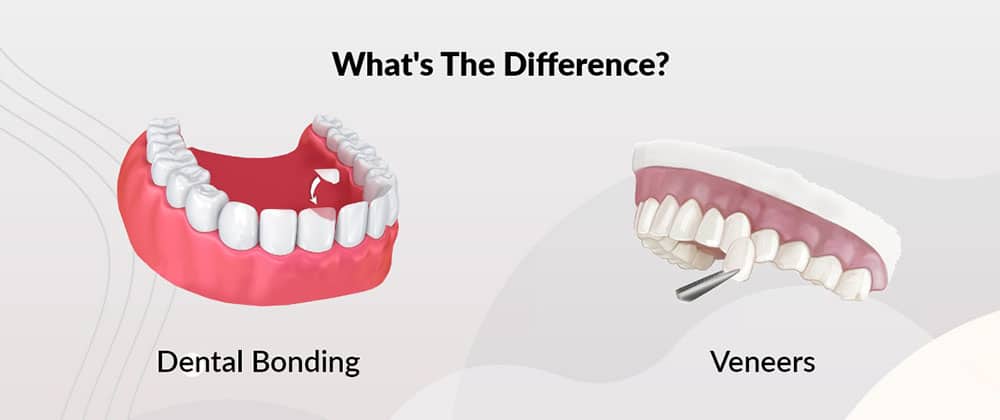
Are you looking for a way to improve your smile? If so, you might be interested in dental bonding or veneers. These two options are popular choices for repairing damaged teeth. While they both offer similar benefits, they also have different characteristics that make them unique. In this article, we’ll explore the differences between dental bonding and veneers so you can decide which is right for your smile.
Dental bonding is a dental procedure that involves placing tooth-colored resin material onto your teeth to improve the appearance of your smile. The resin can fill gaps between teeth, cover up stains or discoloration, and/or create a more uniform shape.
Dental bonding can last anywhere from 3-10 years, depending on how well you take care of it (brushing twice daily with fluoride toothpaste). Still, some people prefer this option because it’s less expensive than veneers and doesn’t require extensive dental work like porcelain veneers do.
Veneer treatments are a great option if you have minor imperfections on your teeth that you want to fix. They’re also great for people who don’t want to get their teeth whitened but would like a bright smile.
Dental veneers are thin pieces of porcelain or composite resin material bonded to the front surfaces of teeth to improve the appearance of an individual’s smile by correcting discoloration, gaps between teeth, and other aesthetic flaws. The procedure involves removing enamel from the tooth (invisible), shaping it, and bonding it with adhesive cement.
The dentist will remove any decay from your teeth and smooth out any rough spots on them. After completing this process, they will apply an etching solution to the surface of your teeth to bond them with composite resin (a type of plastic). Then, use a unique tool called an air abrasion machine which helps remove excess debris from around the edges of your mouth and gently polishes them until they’re perfectly smooth–all while wearing protective goggles! Finally comes the fun part: applying bonding material directly onto each surface where it’s needed until everything matches perfectly with no gaps visible between them!
Dental bonding is a good choice if you’re looking for a more affordable solution to fix cracks and chips in your teeth. You can get dental bonding in any color that matches your natural teeth, but it won’t be perfect-it will still look like there’s something different about it. If the color of your natural teeth is very dark or light, this could be an issue for you.
The process of getting Veneer treatment is more involved than bonding. After your dentist has made an impression of your teeth, they will send it to an on-site lab, where they will be made into molds and sent back to the office. Once they arrive at the office, dental cement (a special glue) will bond them to your existing teeth.
Veneers are typically made out of porcelain or resin composite materials, which are durable and stain resistant. The choice between these two materials depends on what kind of effect you’re going for: porcelain gives off a brighter shine, whereas resin composites tend to look darker and more natural in coloration.

LA Dental Clinic
3377 Wilshire Blvd #202
Los Angeles, CA, 90010